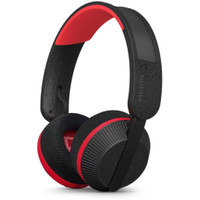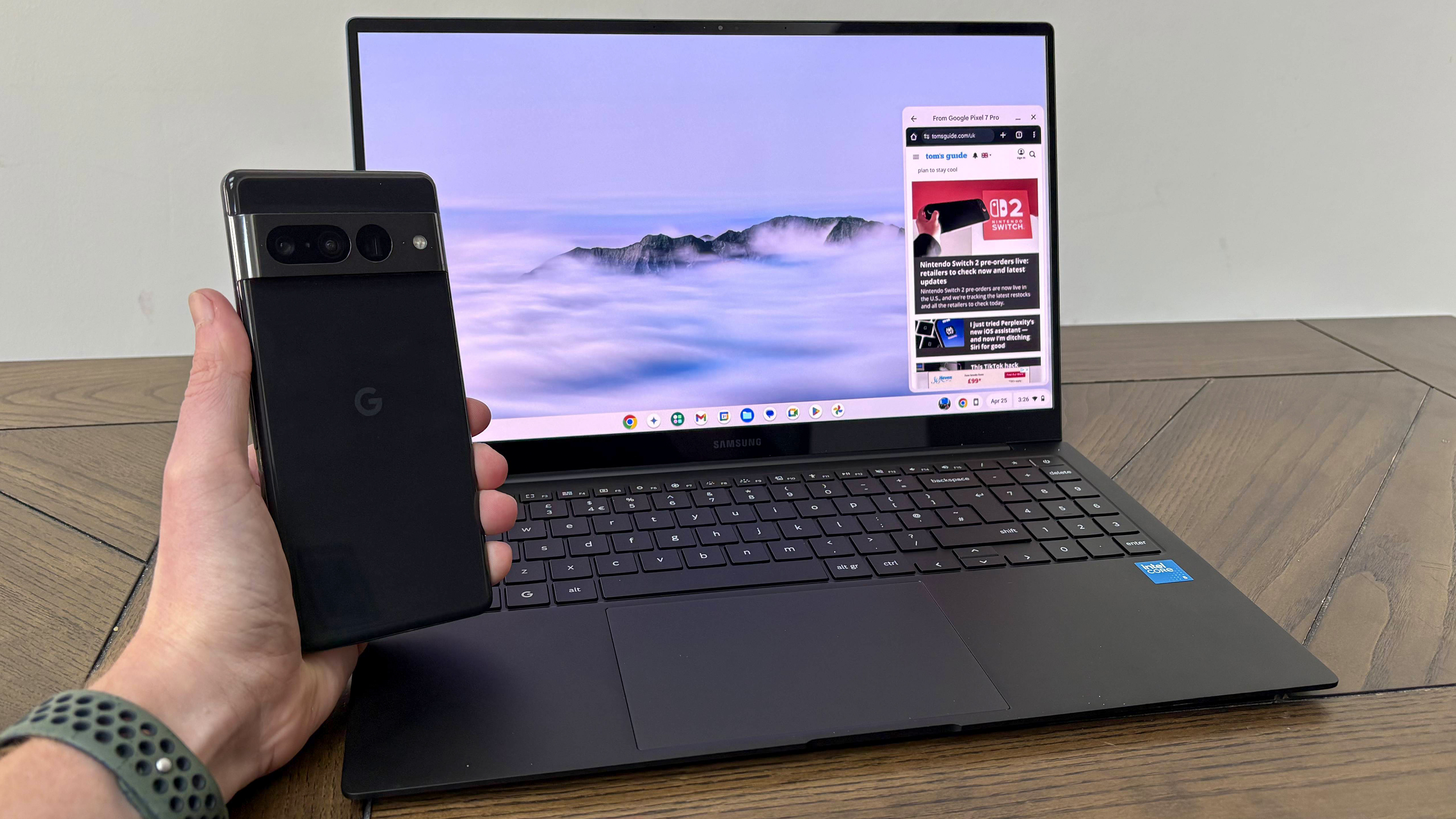These headphones might never need to be charged — solar-powered headband takes juice from any light source
The headphones that last forever?
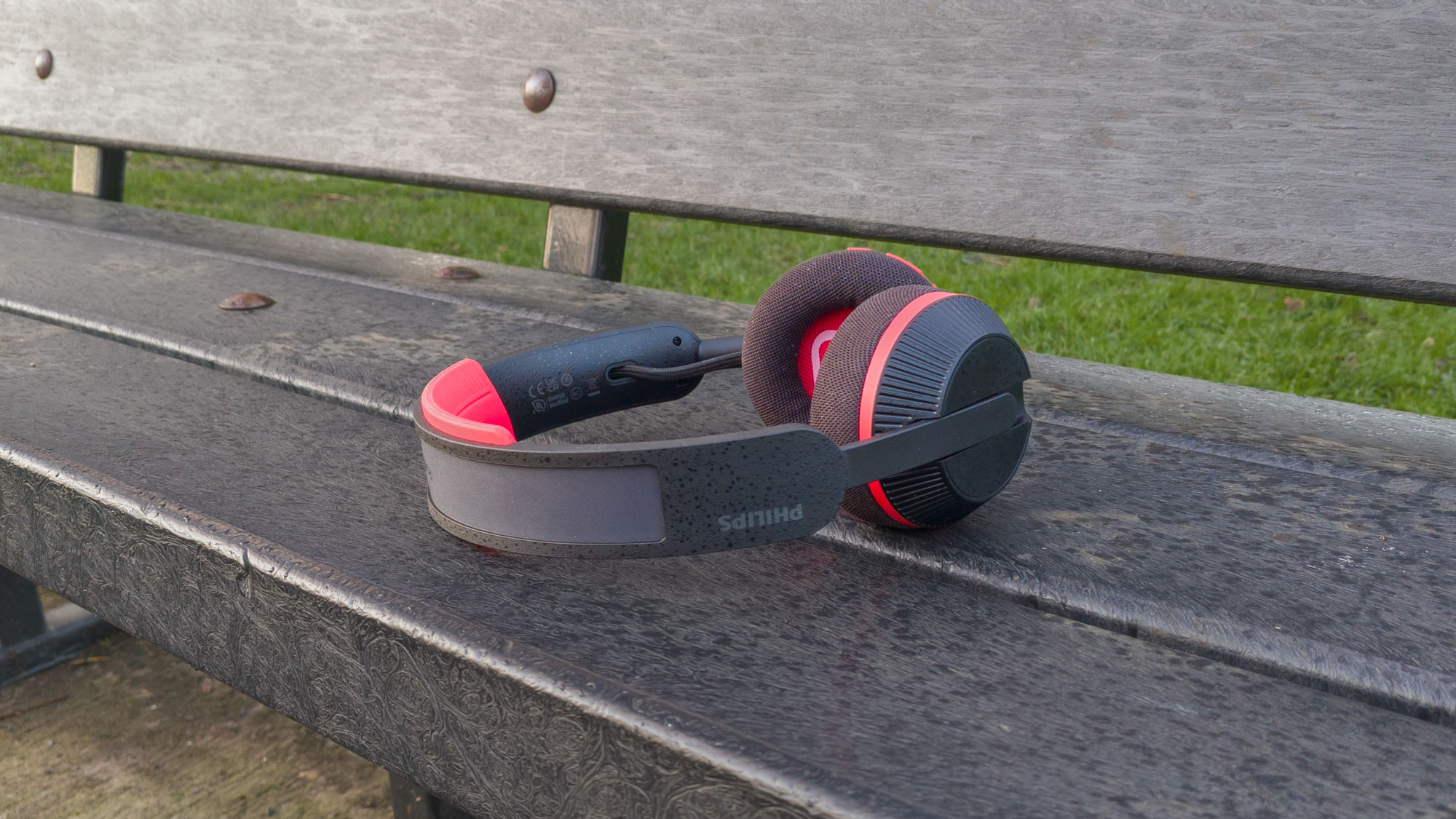
There’s little more annoying than when your headphones die halfway through listening to music. Whether you’re on the bus, in the library doing some work or even just chilling with your favorite tunes, there’s an innate rage we all feel the moment the battery chime tells us to recharge our headset, before your headset powers down in the middle of Bat Out of Hell. But what if…
What if your headphones never had to be charged? That the battery inside could conceivably last forever, without ever needing to see any kind of charging outlet? You’d not have to worry about the battery dying mid-tune, and then the inevitable wait for charging before you could listen to music again.
Philips reckons it has got the answer, which comes in the form of the Philips GO 6000 Series. These headphones use a solar panel on top to keep them juiced up at all times.
How does it work?
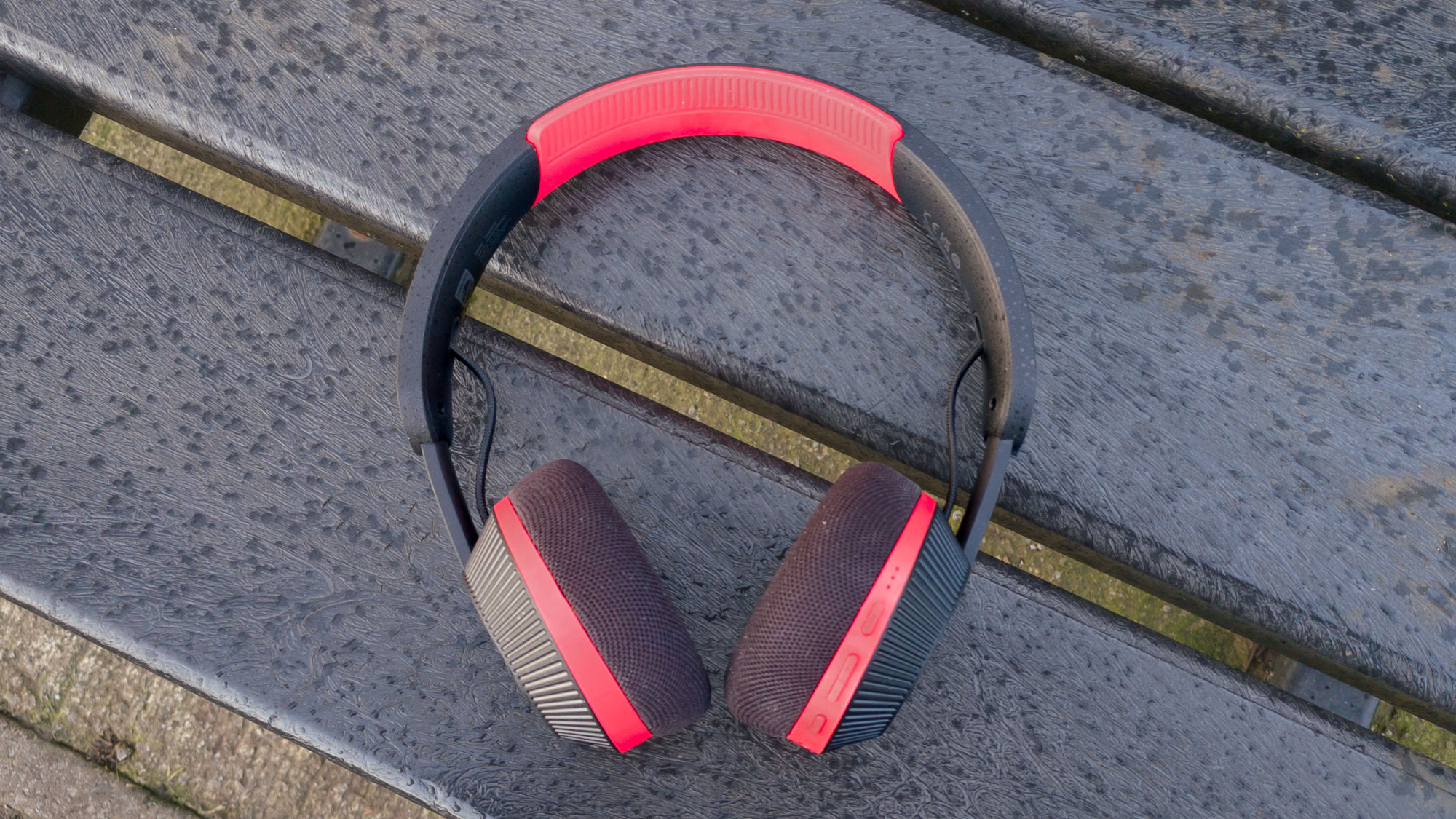
Along the top edge of the Philips GO 6000 Series, you’ll find a solar panel labeled the "Powerfoyle." That’s a piece of tech that, according to my research, can use light from any source — be it natural or not — to power itself. It’s a kind of energy cell from a Swedish firm called Exeger, and it’s seen use in everything from bike helmets to Bluetooth speakers. Now, Philips has put one in a headphone headband, and it makes for an interesting pair of cans.
I’ve been testing the headphones for the last two weeks, listening to music and going to online meetings both at my desk and on the go, and I’ve not had to charge the headphones at all. Presumably, the headphones are being powered by the lights in my room or the glow of the sun outside, which is what's keeping them juiced up. That, in my eyes, is some form of a revelation — when I spend so much time worrying about battery life and when I might need to next charge my headphones, to not have a concern in the world as I jack up the volume with reckless abandon is freeing to say the least.
There is just one issue with the whole package. Having infinite battery life is one thing, but actually wanting to use the headphones is another.
They're not yet available in the US, but the indefinitely powered GO 6000 series are a fascinating pair of headphones for a solid price. They don't sound the best, but their solid feature set and near-infinite battery life make up for their muddy sound.
The headphones need to be good
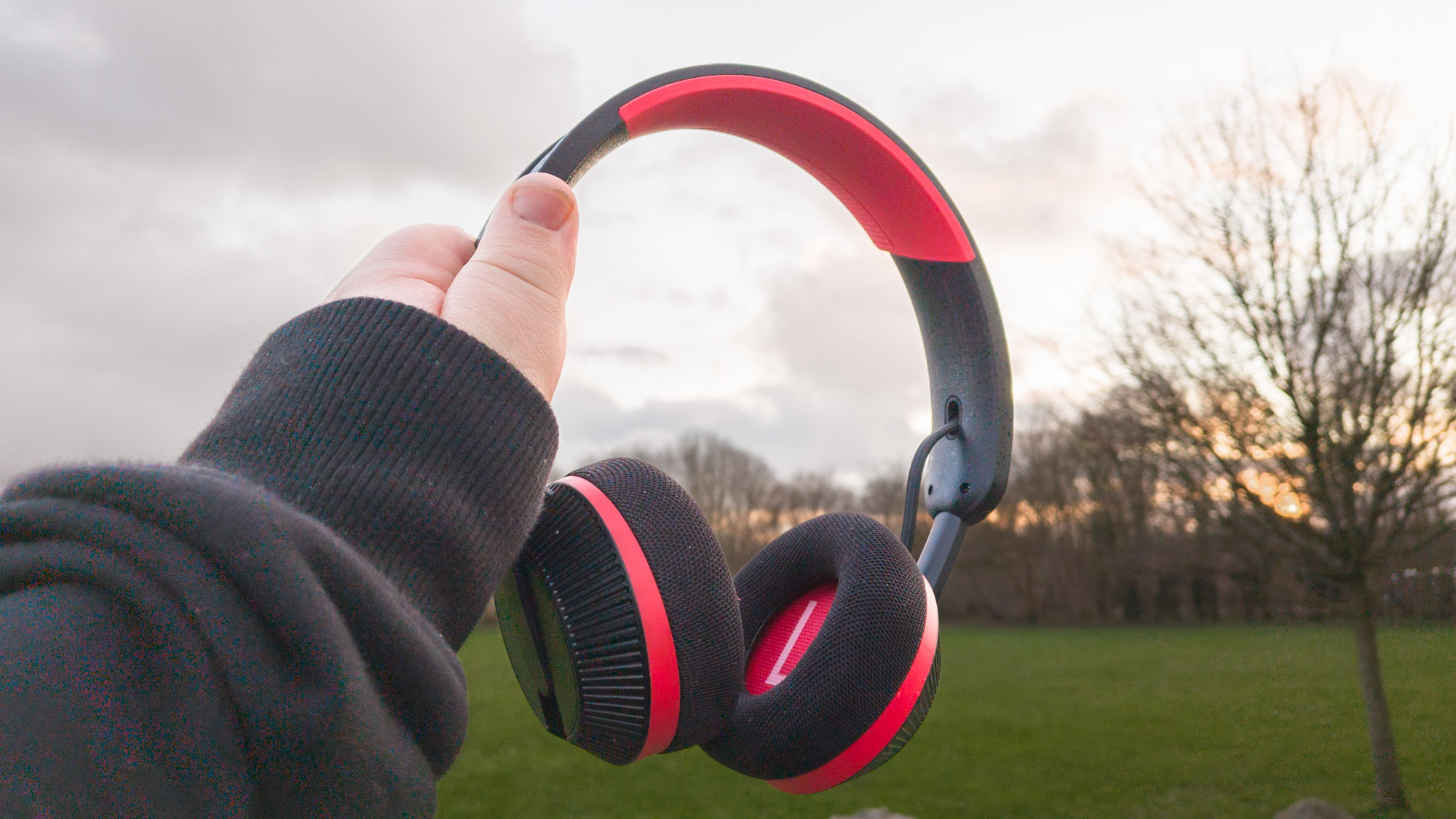
I am a troublesome customer when it comes to headphones and earbuds. I appreciate budget-oriented products, but there are still audio standards that these devices have to be kept to. Just because something doesn’t cost very much doesn’t mean they have to sound like nails down a chalkboard, and I’ve tested enough quality-sounding cheap headphones to know that it’s possible to deliver good audio for a low price.
Sign up to get the BEST of Tom's Guide direct to your inbox.
Get instant access to breaking news, the hottest reviews, great deals and helpful tips.
The solar-powered part of the Go 6000 series is revelatory, but they fall down in the key area that would make them worth using for more than a couple of days before being stuffed into my drawer of interesting, but otherwise useless, items. They simply don’t sound very good. They focus on the mid-range of your music, leaving little bass response or high range for them to sound anything other than middlingly bad.
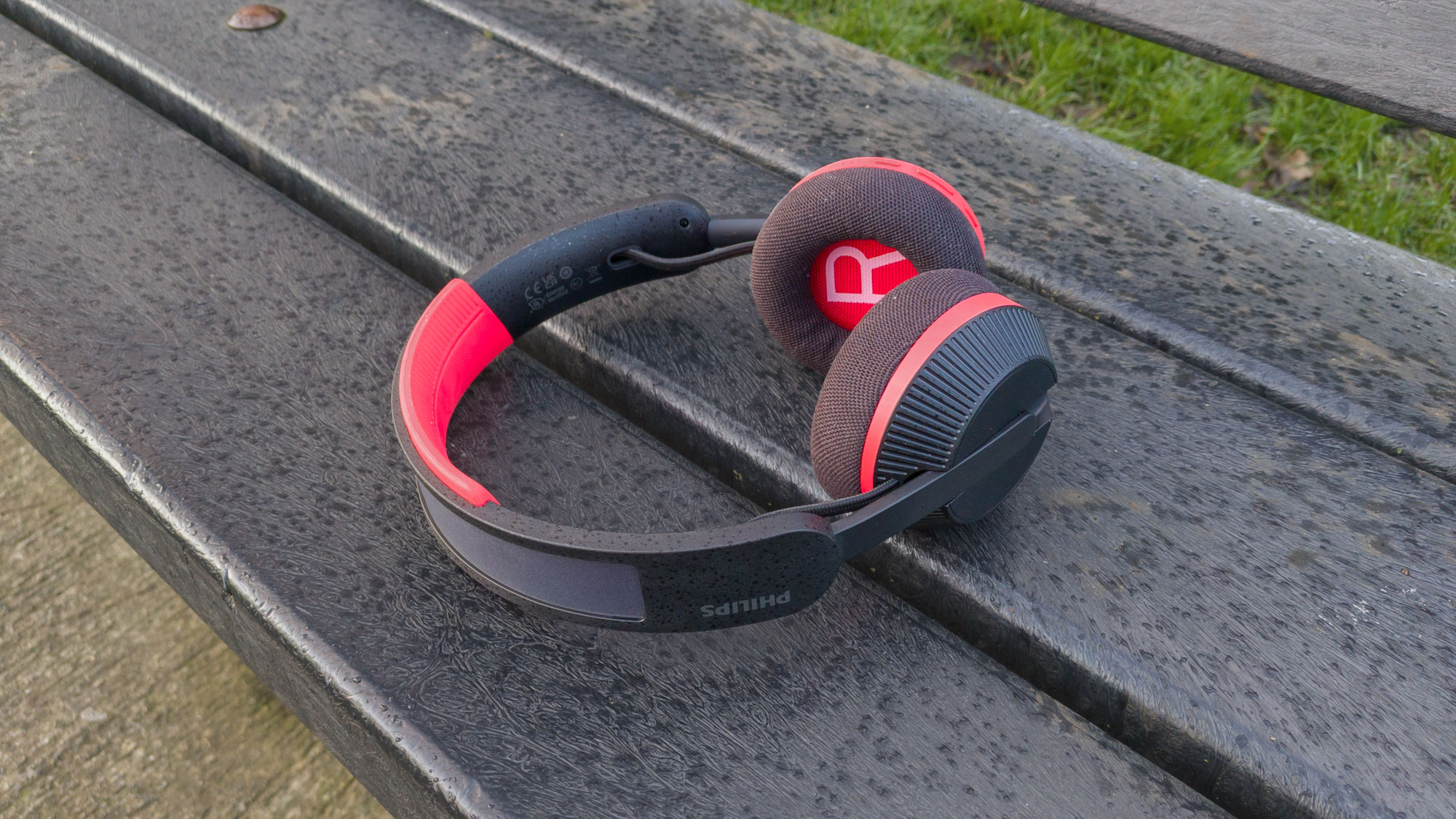
I understand that many say “well you get to try thousands of dollars worth of headphones — of course they’re not going to sound that good,” and I understand why you might. But again, my experience with budget cans has shown me, time and time again that a cheap pair of headphones doesn’t have to sound terrible. So, in that way, the GO 6000 is no good for me — but then, maybe they’re not actually for me.
There’s still a lot going for them
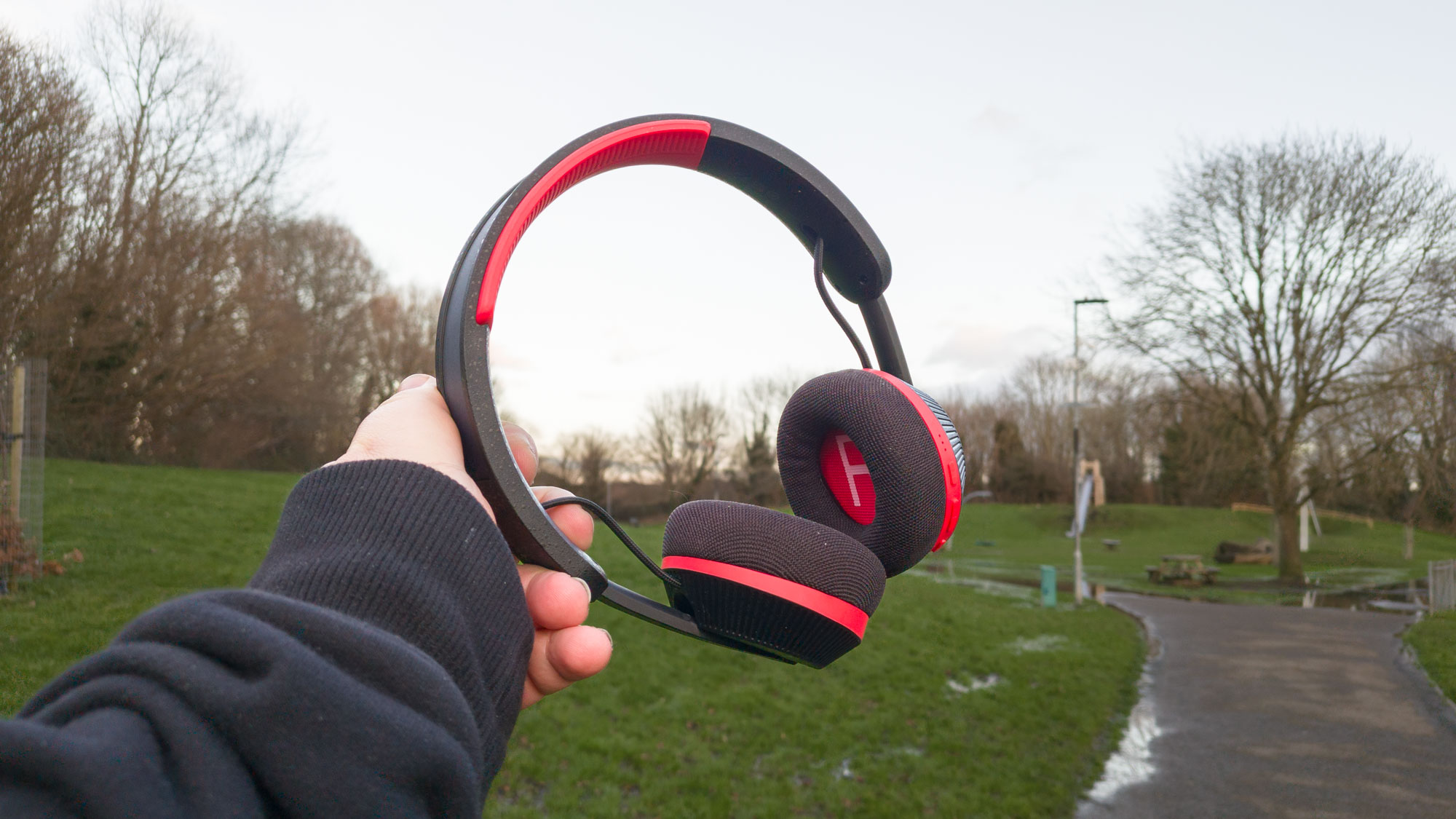
For starters, the price is about right for something that’s trying something new and daring. For a pair of lightweight, fairly comfortable on-ear headphones with 80 hours of battery when the solar cell can’t find any light, £99 feels pretty good. (There's no U.S. price yet, unfortunately) Add in Bluetooth 5.4, and you’ve got a very modern feeling headset with the Go 6000.
They also look pretty cool, with their textured plastic shell and red accents. I can see them being good for those who want something they can throw in a bag, and not get too worried about damage or scratches.
That solar band on the Go 6000 is going to be a big boon for people who want something head-mounted rather than in-ear for working out — although move around too violently and they will go careening into the mud.
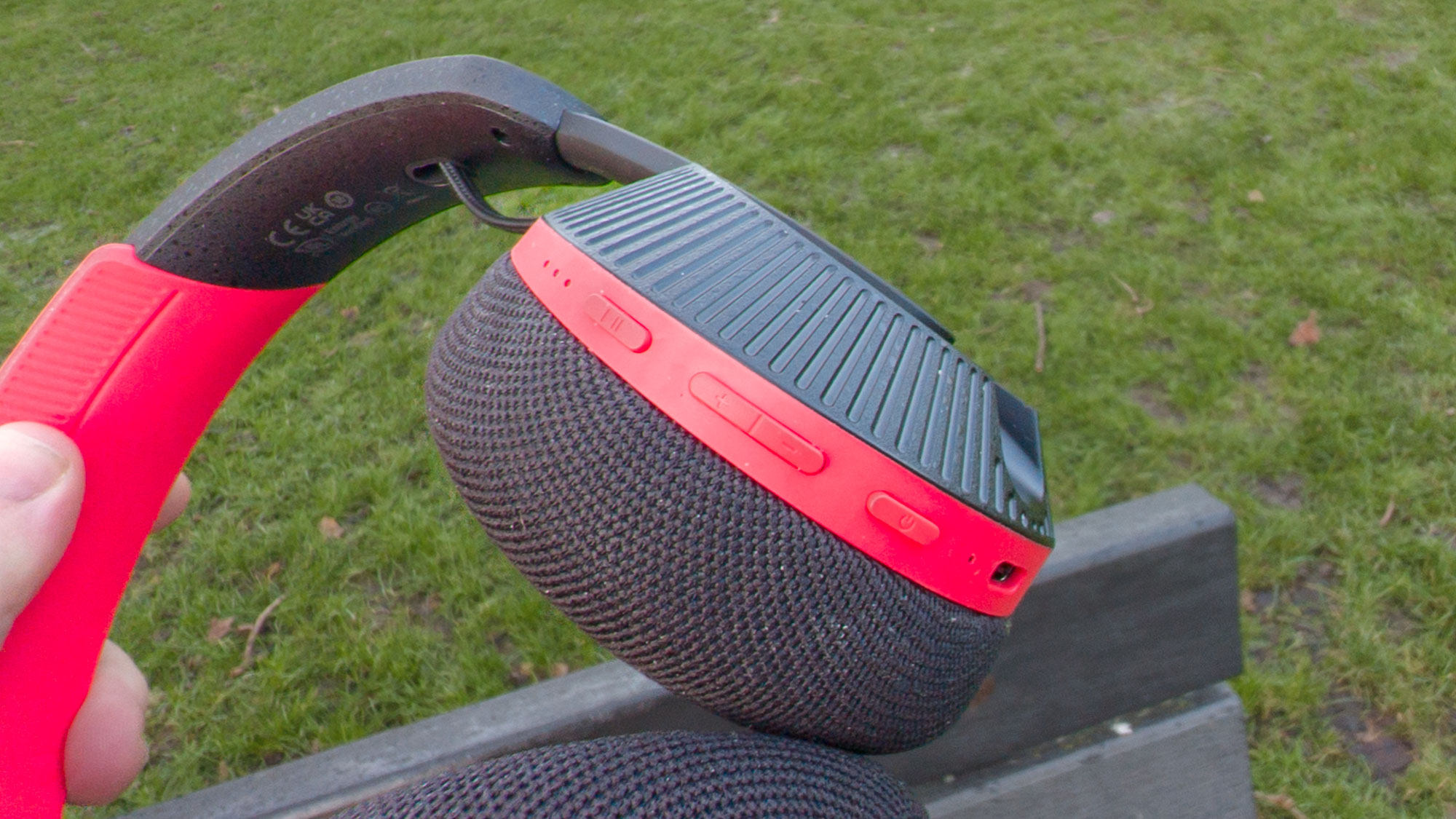
Don't worry about that mud though, given that the cooling gel-filled earcups are machine washable. Pull them off, and stick them in your machine so that you don’t have to worry about messy headphones after sweating in them all day. Don’t put the headphones in, mind you, just the cushions. They twist off super easily and then click back into place when they’re all clean.
Are the Go 6000 the best wireless headphones around? No, but they’re some of the most intriguing.
I’m sure my sound issues are down to power constraints related to the potentially much smaller allowance afforded by the solar cell. But it does open the floor to more options, that perhaps use clever mixes of battery tech and solar cells for perpetual wireless headphones that sound good.
Or, of course, we could all go back to wired headphones, and leave the battery concerns to the devices they’re connected to. Then it’s just a matter of finding a solar-powered forever phone…
More from Tom's Guide

Tammy and her generous collection of headphones have found a new home — Tom's Guide! After a two-and-a-half-year stint as iMore's resident audiophile, Tammy's reviews and buying guide expertise have more focus than ever on Tom's Guide, helping buyers find the audio gear that works best for them. Tammy has worked with some of the most desirable audio brands on the planet in her time writing about headphones, speakers, and more, bringing a consumer focussed approach to critique and buying advice. Away from her desk, you'll probably find her in the countryside writing (extremely bad) poetry, or putting her screenwriting Masters to good use creating screenplays that'll never see the light of day.
